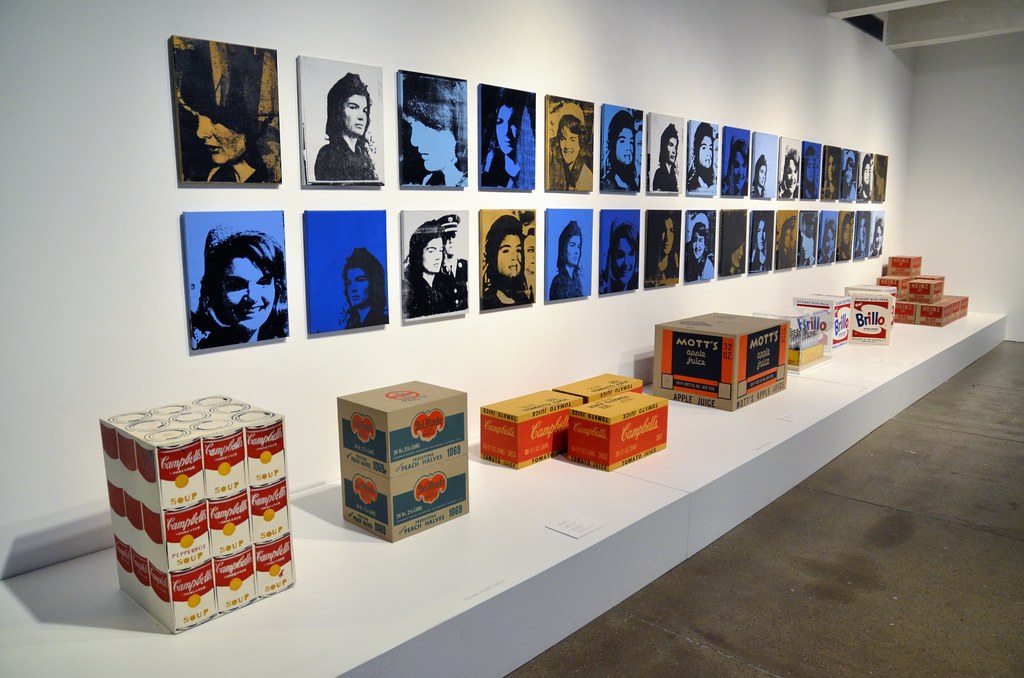Art museums often project an air of exclusivity, operating in a manner akin to private corporations until the tenure of their directors and staff is securely settled. This observation becomes apparent when considering the candid account presented by Thomas Hoving, former director of the Metropolitan Museum of Art in New York, in his 2009 autobiography. However, nestled within the vibrant art scene of Pittsburgh, Pennsylvania, stands the Carnegie Museum of Art—a beacon for art enthusiasts and scholars alike. Within this larger institution lies the Andy Warhol Museum, a tribute to the iconic pop artist and Pittsburgh native. Opened in 1994, the museum boasts a comprehensive collection of Warhol’s works and archival materials, making it a significant cultural landmark in the city.
The creation of the Warhol Museum was a response to a palpable need to honour Warhol, one of the most renowned artists of his generation, in his hometown. However, despite its prominent stature and extensive collection, the museum faces challenges in defining its role within Pittsburgh’s art landscape. Unlike traditional museums boasting vast collections spanning multiple artists and eras, the Warhol Museum primarily focuses on a single artist—Warhol himself. This specialisation poses unique obstacles, particularly concerning audience engagement and scholarly relevance.
The question of how the Warhol Museum can effectively serve as a monument to its eponymous artist while remaining culturally significant looms large. Suggestions abound, ranging from hosting exhibitions juxtaposing Warhol’s works with those of his contemporaries to exploring thematic connections with other artists across different periods and styles. However, such endeavours require significant resources and organisational planning, leading to ongoing debates about the museum’s direction and purpose.
Recent controversies surrounding the museum, including staff departures and controversial art loans, have brought its challenges into sharper focus. Amidst these upheavals, there is a pressing need for the Warhol Museum to redefine its identity and establish a clear vision for its future. As a semi-public institution dependent on public funding and support, transparency and accountability to its audience are paramount.
Despite the uncertainties it faces, the Warhol Museum remains a vital cultural institution within Pittsburgh’s art ecosystem. Its potential to inspire, educate, and provoke thought is undeniable, and with careful stewardship and community engagement, it can continue to thrive as a beacon of artistic innovation and exploration for generations to come.
Originally published in Hyperallergic
Feature Image Courtesy: The Andy Warhol Museum/ Dean Kaufman





